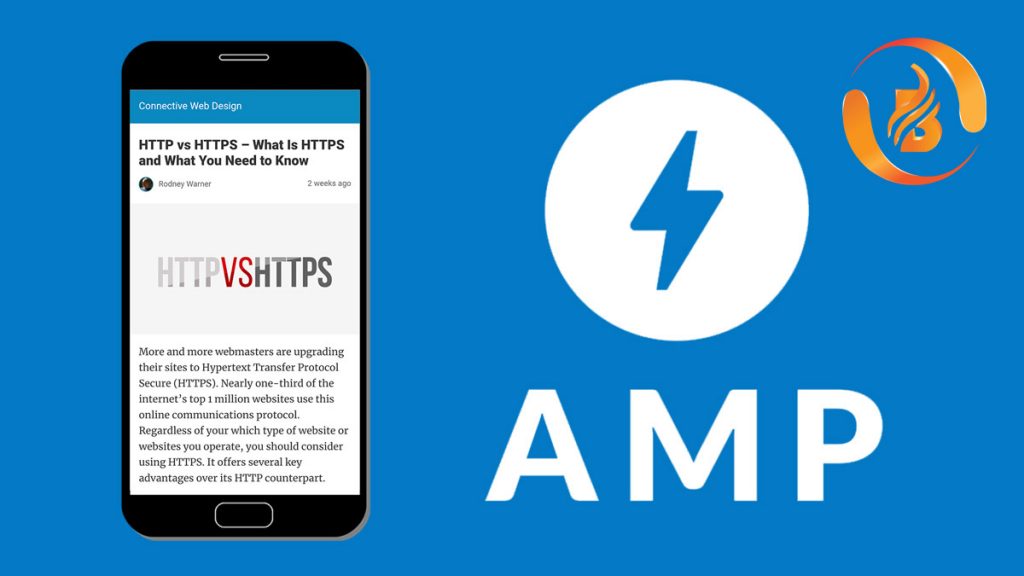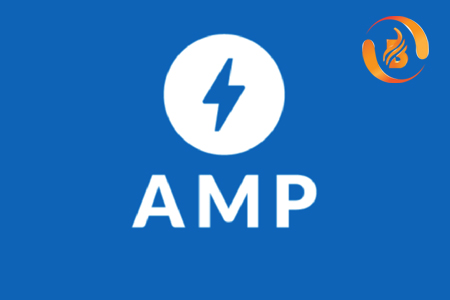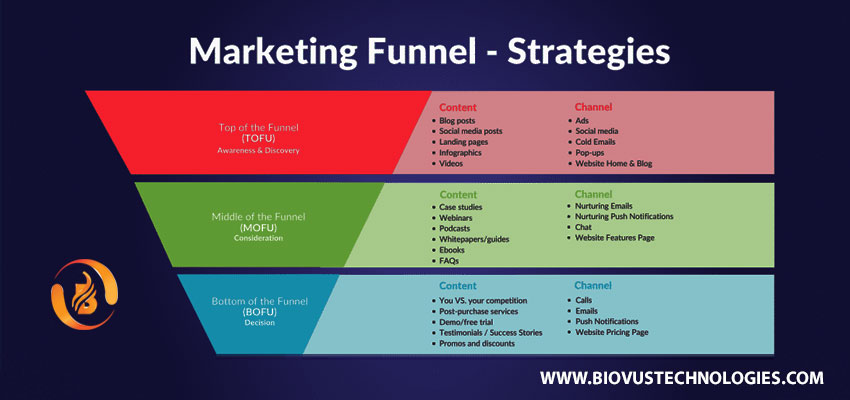What exactly is AMP?
“AMP” stands for “Accelerated Mobile Pages.” It’s an Open Source Framework that Google and a number of other technological and media firms collaborated on. Our software company leads the Top Mobile App Development Companies In India, from ideation to the concept of delivery. It’s feasible to make basic mobile web pages that load almost rapidly with AMP. Reduced JavaScript and CSS components, as well as the utilization of a Content Delivery Network, are all hallmarks of AMP.
What is the purpose of AMP?
The amount of searches conducted on mobile devices has surpassed those conducted on desktop computers. The “Accelerated Mobile Pages” (AMP) Open Source Framework was built with one purpose in mind: to provide rapid load times for mobile consumers. This was in response to the growing desire for fast load speeds, which had been voiced frequently by publishers and businesses.
The effort was started with the goal of creating a system that would benefit all parties involved. AMP should benefit advertisers, publishers, and consumers alike.
How did the AMP project come to be?
A collection of firms, including Google, WordPress, and software giant Adobe, launched the “Accelerated Mobile Pages Project” in 2015. Several foreign news portals have been participating in the AMP initiative from the start, with The Guardian (UK), The Washington Post and Buzzfeed (US), Frankfurter Allgemeine Zeitung and Die Zeit (Germany), and El Pais (Spain) among the first to do so (Spain). As technical partners, Twitter and LinkedIn have been active with AMP since the outset.
AMP technology is now used by practically all major online media outlets. They’ve realized the significant benefits of fast-loading mobile websites. WordPress users may easily publish using AMP with the correct plugins, albeit there is currently no eCommerce option for AMP.

Why is AMP a good idea?
In many sectors and countries, the smartphone has surpassed the desktop PC as the primary device for accessing the internet during the last decade. On the way to work, we use our phones to hunt for a local restaurant, or shop, and read the news. The speed with which webpages load is especially significant for mobile users. Three seconds is thought to be the essential cut-off point. The majority of mobile internet users will bounce and quit a website if it takes too long to load.
Because AMP is particularly developed to generate webpages that load as rapidly as possible on mobile devices, it’s a smart option. The speed with which web material loads is determined by the connection’s speed and the website’s file size. Both factors are interconnected. Though the number of files to be loaded is too huge, certain sites will load slowly even if the connection speed is fast. Similarly, even if a website is technically efficient, it may take a long time to load if the connection is poor.
AMP is the answer.
Because AMP cannot influence an internet connection’s available capacity, it concentrates on the element of load times that it can control. Even when data transmission is poor, AMP delivers the optimum circumstances for a mobile page to load rapidly. To do this, it restricts the number of JavaScript and CSS components that must be loaded in order to display a page, guaranteeing that just a few resources must be loaded.
The decrease of files that must be loaded is the secret to AMP’s fast loading speeds. A proxy server that keeps a cache of the destination page available is another crucial feature. This material is delivered using a Content Delivery Network, which has the advantage of allowing the page to be built at the same speed regardless of where the user is viewing it from.
Source Code for AMP
Because the code is built on well-known scripts, all servers should be able to read AMP Source Code. AMP is defined by the following three characteristics:
AMP HTML: An Accelerated Mobile Page’s HTML code is restricted to the basics. Only one http request is sent when the page is loaded.
AMP JavaScript: Asynchronous JS Code is used by AMP. This enables the site to begin construction before all of the JS elements have been loaded.
The benefits of AMP for various stakeholder groups
As previously stated, the goal of AMP was to benefit everyone: advertisers, publishers, and consumers.
Advertisers: Advertisers may utilize AMP with a wide range of various ad types. The advertising that impedes the website from loading load asynchronously, which means that the user experience is not disrupted.
Publishers: The prominent positioning of AMP websites in the news ecosystem benefits publishers. Positive user signals are also aided by the good usability of mobile-optimized websites.
Users: AMP-enabled websites are ideal for users. They don’t have to wait long for pages to load, and they can rely on great performance even if their internet connection is poor.
Biovus offers a complete cycle of application design, integration, and development services. Our software company leads the Top Mobile App Development Companies In India, from ideation to the concept of delivery.
Visit us at: www.biovustechnologies.com







